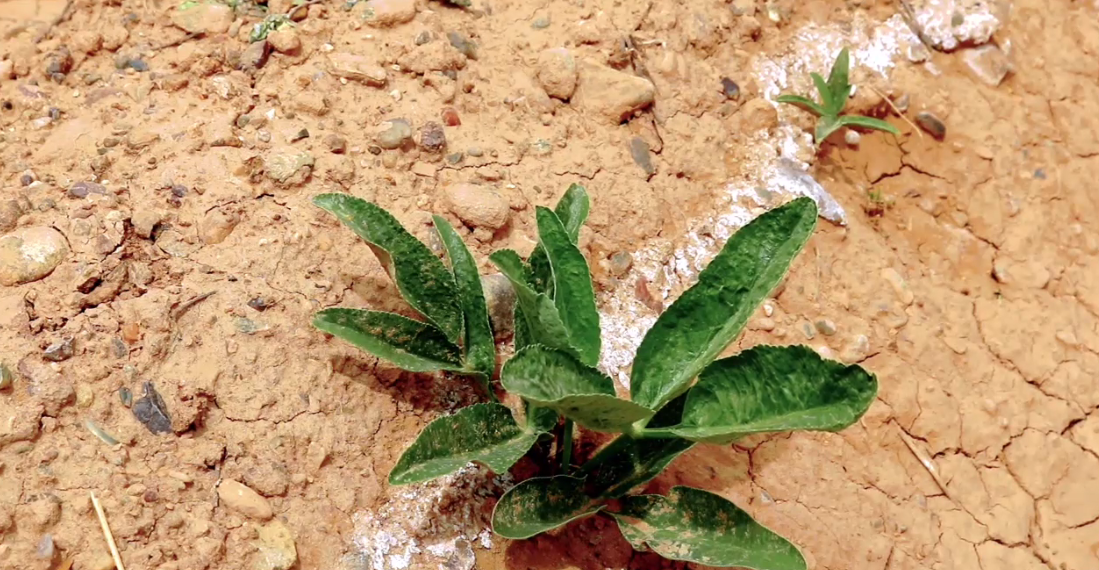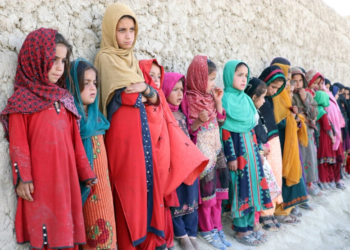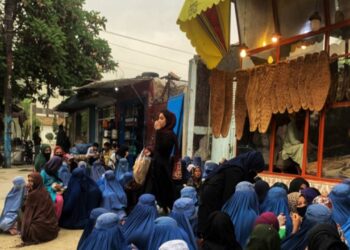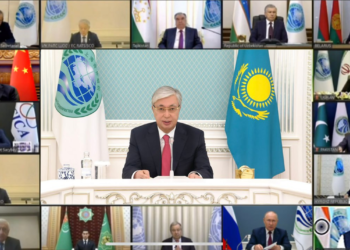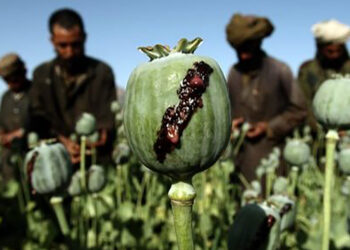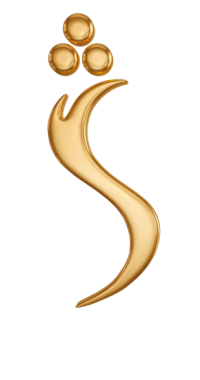Asafetida which is a medical plant and its cultivation was a tradition in the north of Afghanistan years ago, is currently being cultivated by farmers in the southern provinces for the purpose of profit instead of narcotics.
32-year-old Muhammad Ali, a resident of the Saidano village in the Greshk district of the Southern Province of Helmand, said that he cultivated Asafetida on an acre of land.
Muhammad Ali uttered that Asafetida requires less water and efforts and its benefit is many times more than poppy cultivation.
Mohammad Ali added: “Asafetida needs water for the first 15 to 20 days, and then it does not need water for a month or a half.”
Agricultural experts in Helmand said that Helmand’s air conditions are very good for Asafetida and it has given good harvest in Garamser, Greshk and Nawzad districts of Helmand.
Sher Mohammad Nikzad, the manager of Asafetida Agricultural Company in Helmand uttered: “Asafetida exists in Afghanistan for a long time. Afghanistan has vast deserts and it is a medical plant, but it was not given as much attention as it is now. Since last year, we have commenced Asafetida’s cultivation in Helmand, because poppy was banned in Afghanistan and Asafetida is a good alternative for farmers. The yield of Asafetida is three or four times more than that of poppy.”
On the other hand, Helmand’s Deputy Director of Information and Culture Mawlawi Muhammad Qasim Riaz said that Asafetida is a good alternative to poppy and farmers should cultivate it.
Riaz added, currently, farmers in several districts of Helmand have planted Asafetida, but they are trying to encourage them to continue it.
Earlier, Asafetida was cultivated only in the Northern Provinces of Afghanistan, but after the ban on poppy cultivation in the country, it is also being cultivated in the Southern Provinces.

